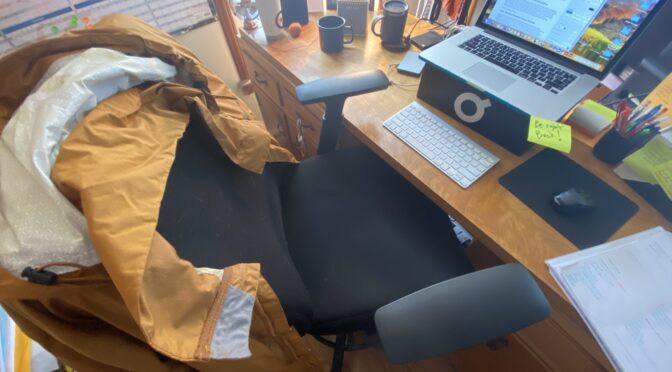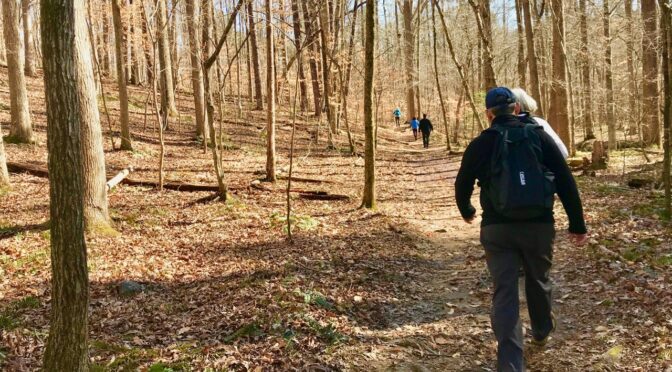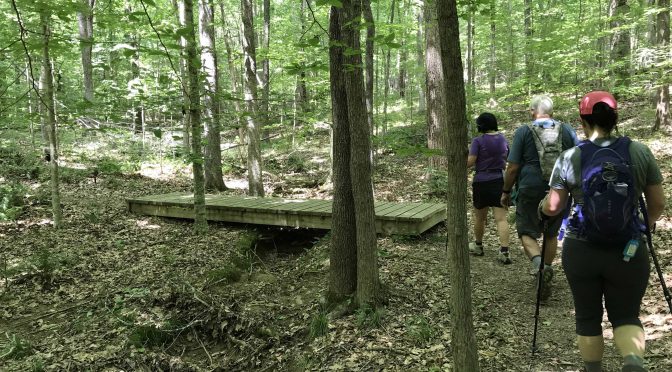Wisdom? That may be a stretch (though it is alliterative). Every Wednesday we share our thoughts in rotating subject areas: gear, social media, hiking/backpacking/camping resources, and tips from the field. These items are culled from our weekly GetHiking! enewsletter, which also includes news and information on hikes and backpack trips in our GetHiking! and GetBackpacking! universes. Subscribe to our weekly enewsletter here.
Tag Archives: tips
Embrace winter hiking with these 7 bits of advice
I was putting together a curriculum for a new hiker in our Adventure Coaching program and realized that some of what she needed to know was especially pertinent to this time of year. Today, I share some of those tips that will be especially helpful, hopefully, going into winter.
Take the Fear out of Summer Stream Crossings
In the past couple of weeks, it’s become hot. Summer hot.
And that means when we head out for a hike, we’ll look more favorably on trails that have water as a main feature. Just enough to cool our feet in, maybe splash some water in our face. Trouble is, you can’t always choose how much water you get. When that happens, when your trail comes across a stream or creek without a bridge or an obvious way to get across, you need a strategy for a safe crossing.
Sunday solitude on the Trails Less Traveled
Not surprisingly, some of North Carolina’s more popular state parks filled to capacity again this weekend. Pilot Mountain, Hanging Rock, South Mountains, Raven Rock, Stone Mountain, Occoneechee, part of Eno River all had to shut down at one point because they had reached capacity.
Don’t let a little heat keep you off the trail
After one of the most gorgeous and prolonged springs in memory, a spring that couldn’t be better suited to being on the trail, the heat is finally arriving this weekend. We couldn’t be happier.
A near-perfect spring coupled with the coronavirus has has driven an unprecedented number of hikers to the trail. But, with the coming heat and humidity, coupled with more retail outlets slowly opening, we should see far fewer hikers on the trail this weekend.



